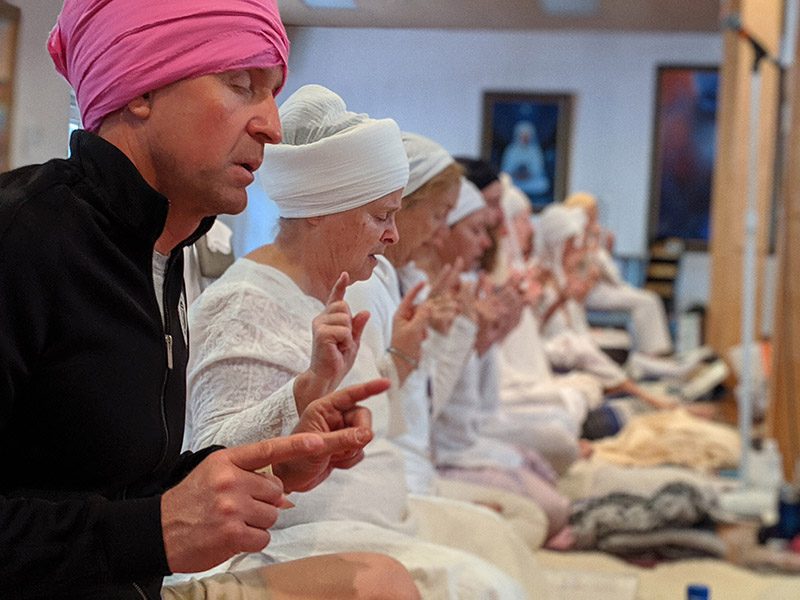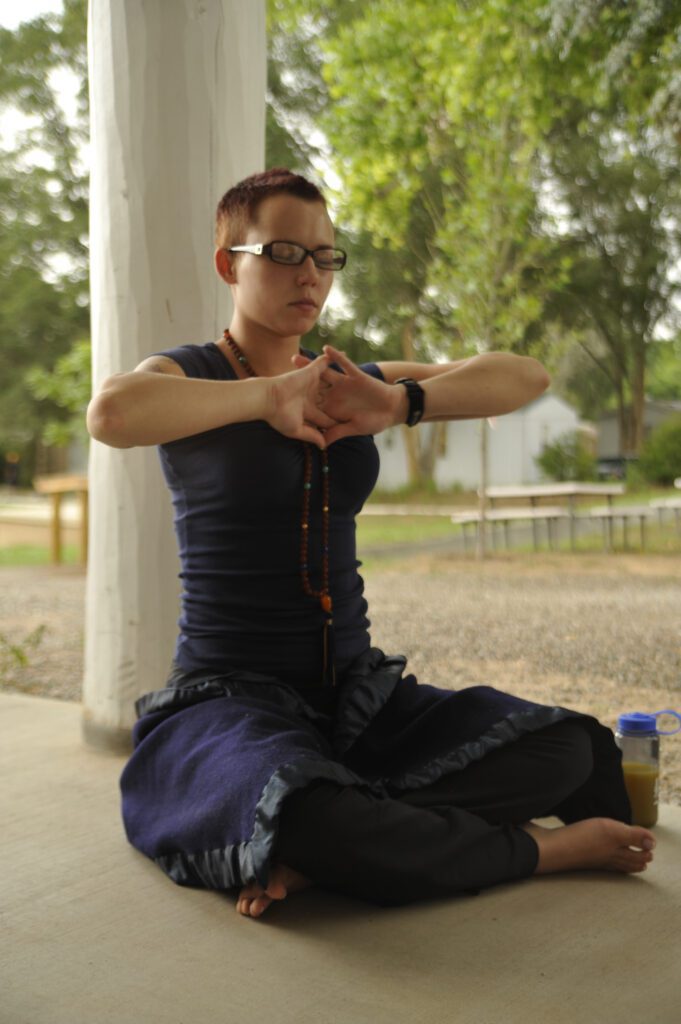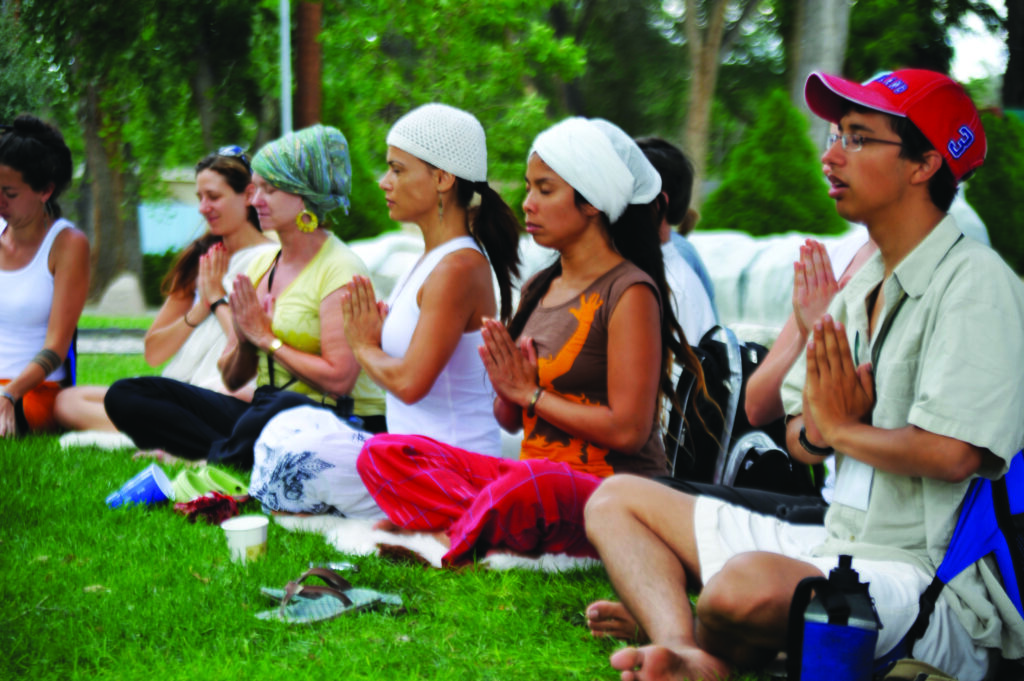No products in the cart.
Kundalini yoga is a dynamic blend of postures, conscious breathing, mantra, music and meditation, which can bring you relaxation, self-healing and elevation. It will balance body and mind, which will enable you to experience the clarity and beauty of your soul. No previous experience in yoga is required for you to achieve results with your very first experience!



